1. Apple’s “1984” Ad and Our Tech-Filled Lives
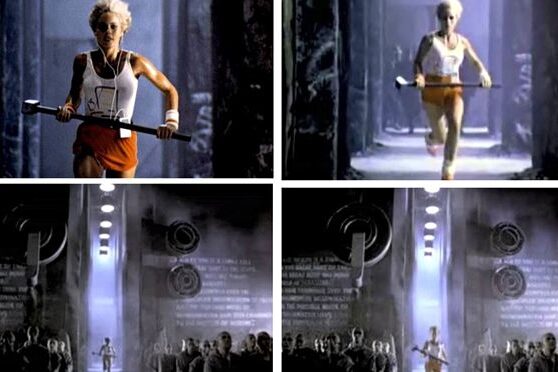
Back when big hair and leg warmers ruled, Apple aired a Super Bowl ad that looked more like a sci-fi short film. It wasn’t just about launching the Macintosh. It challenged a world run by a single, controlling entity. Sound familiar? Today, digital surveillance, algorithmic control, and tech monopolies are everyday topics. That ad warned us of what we now debate on podcasts and Reddit threads. Wired once said, “Apple’s 1984 commercial is the ad that launched the digital age.” Turns out, it also saw a world where we’d willingly live under the rule of the screens in our pockets.
2. AT&T Dreamed Up Zoom Calls in the 1960s

In the middle of the rotary phone era, AT&T ran ads promising that “one day, you’ll see the person you’re talking to.” It sounded like sci-fi fantasy. But here we are, juggling FaceTime, Zoom, and Teams calls daily. What’s wild is that the 1960s visuals showed sleek home offices and people casually chatting through a screen, decades before remote work was a thing. Tech historian David Edgerton once said, “AT&T didn’t just guess the future. They shaped our expectations of it.” It’s one ad that gave us a real peek into today’s always-on, camera-ready world.
3. Kodak Knew Digital Would Replace Film
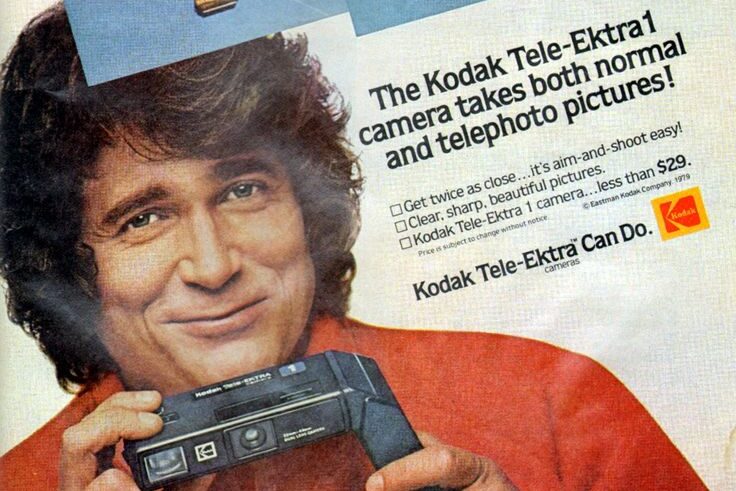
Before Instagram filters and selfies, Kodak ruled the world of captured memories. But even in their heyday, their ads hinted at something faster, easier, more instant. Commercials in the 80s featured phrases like “one-touch development” and “digital imaging,” well before digital cameras hit the mainstream. Sadly, Kodak didn’t ride the digital wave they foresaw. As The Guardian put it, “Kodak invented the digital camera… and then failed to take advantage.” Still, their ads sparked an idea that pictures could be immediate and accessible, exactly what drives photo-sharing culture today.
4. McDonald’s and the Fast-Casual Future

In the 70s, McDonald’s ads began showing more than just burgers. They showed speed, friendliness, and clean, comfy seating. It was a step away from traditional diners, nudging toward what we now call fast-casual dining. The visuals focused on smiling employees, customizable meals, and quick service with a personal touch. Sound like Chipotle or Sweetgreen? Food historian Rachel Laudan once said, “McDonald’s didn’t just feed America. It trained us for the future of eating.” Their commercials planted the idea that dining out should be convenient, consistent, and cozy, now the baseline of modern food culture.
5. Honda’s Humanoid Robot Wasn’t Just for Show
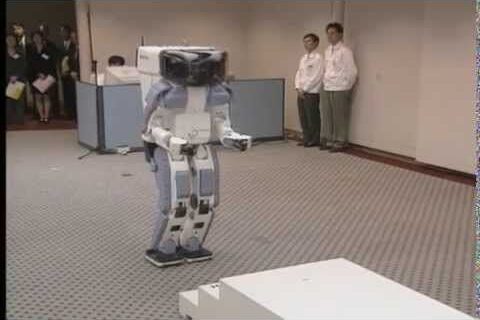
In the 80s, Honda aired commercials featuring experimental robots doing everything from walking to waving. They were cute, clunky, and a little odd, but the message was clear. Robots are coming. Today, we talk to AI assistants and see robots delivering groceries. One 1986 ad showed a robot navigating a room while a narrator asked, “What if machines could understand us?” Fast forward, and we’re asking Alexa to dim the lights. As TechCrunch later pointed out, “Honda’s robotics weren’t marketing fluff. They were laying groundwork for human-robot interaction.” It wasn’t science fiction. It was a slow sneak into our homes.
6. Radio Shack Predicted Google’s Role
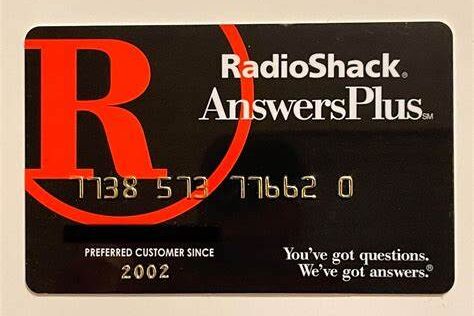
“You’ve got questions, we’ve got answers.” That was Radio Shack’s motto in the 80s, before anyone typed a query into a search engine. Their ads promised a world where curious minds could get immediate solutions. They didn’t mean AI, of course. They meant friendly staff and gadget guides. Still, the tone felt oddly familiar to how we now treat Google as a brain extension. In hindsight, these ads were warming us up to the idea that information should be fast, free, and always at our fingertips. We just didn’t expect to find it all in our back pockets.
7. Reebok’s “Pump” Teased Smart Fitness

Remember Reebok’s Pump sneakers? In the early 90s, these ads were everywhere, kids bouncing higher and athletes getting an edge from inflatable tech. While it seemed like a gimmick, it actually sparked the idea of smart gear enhancing performance. Today, our shoes track steps, calories, and even form. Fitness expert Ben Walker noted, “The Pump introduced the notion that shoes could do more than protect. They could optimize.” Reebok’s playful approach became a prototype for today’s wearable tech obsession, from Fitbits to smart insoles. Turns out, pumping up your shoes was just the beginning.
8. Sony Walkman Walked So AirPods Could Run
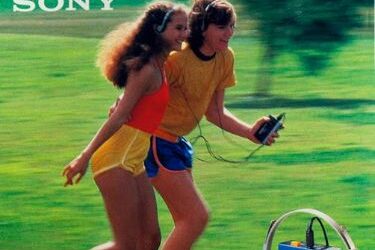
In its ads, Sony showed people jogging, skating, or dancing with music in their ears, hands-free and in their own world. The Walkman wasn’t just portable. It was personal. That idea took off, eventually giving us iPods, then smartphones, and now AirPods. Sony’s commercials emphasized independence and individuality through sound, a concept that resonates even more now in our noise-canceling, playlist-shuffling lives. Music blogger Jason King once wrote, “The Walkman made listening solitary and that changed everything.” Today’s wireless earbuds owe a lot to that little cassette-playing gadget and the dreams those TV spots broadcast.
9. Nissan’s 1980s Futuristic Z Car

There was a 1987 Nissan ad that showed a car zipping through city lights with onboard tech and a sleek digital dashboard. It looked like a prop from a space movie, but Nissan was serious. They saw a future where vehicles were fast, stylish, and connected. Sounds a lot like today’s Teslas, doesn’t it? Even the ad’s tagline, “Driven by technology,” could be reused today. AutoWeek once said, “Nissan’s Z-series ads helped normalize tech-forward cars long before touchscreens were standard.” That blend of design and digital was way ahead of its time, nudging us toward the smart cars we expect now.
10. IBM’s Paperless Office Vision
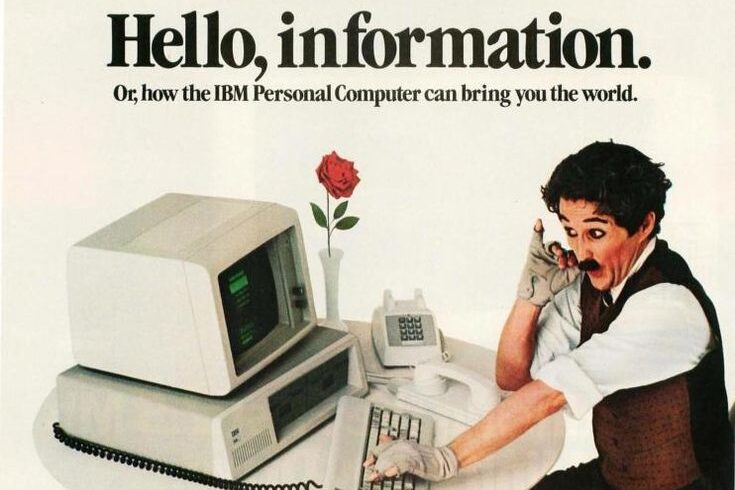
IBM’s commercials from the 80s weren’t exactly flashy, but they were big on vision. One ad showed office workers using early computers to manage everything. No filing cabinets, no paper trails, just digital screens. That might’ve felt utopian back then, but today, digital docs, cloud storage, and Slack threads are normal. The phrase “paperless office” became real, and IBM had seen it coming. Business Insider once commented, “IBM wasn’t selling computers. They were selling the future of work.” Remote work, online collaboration, even signing contracts on your phone. They previewed all of it in beige and pixel form.
11. Bell System’s Wearable Wonder
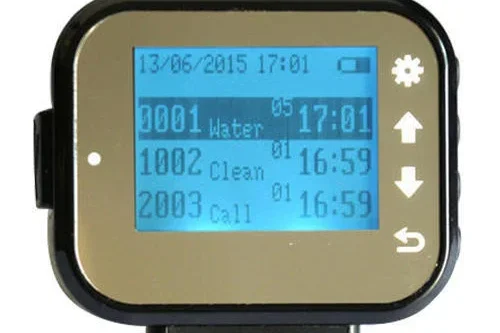
In the 1970s, Bell System aired a commercial featuring a wrist device that let users make calls, check messages, and monitor time. It looked clunky, sure, but it foreshadowed something we now rely on. Smartwatches. These days, our watches track heart rates, stream music, and even reply to texts. Back then, people laughed it off. But Bell quietly dropped the idea that tech could move with us. One tech archivist noted, “They imagined convenience before anyone was asking for it.” Those early sketches became our daily devices, and most of us can’t leave home without them now.
12. Pepsi’s AI-Powered Pop Futures

Pepsi’s had a knack for flashy, forward-thinking ads, often using futuristic cities, dancing robots, or virtual hangouts. A 1994 ad featuring Cindy Crawford in a digital Pepsi world hinted at a blend of pop culture and technology that feels right at home today. Virtual reality concerts, AI influencers, and immersive brand experiences? Pepsi teased it before it was cool. The Atlantic noted, “Pepsi’s ads predicted our thirst for digital fantasy and brand-driven worlds.” While the soda stayed the same, the marketing tapped into a future we now live through Instagram filters and branded metaverse lounges.
13. GE’s 1960s Smart Home Pitch
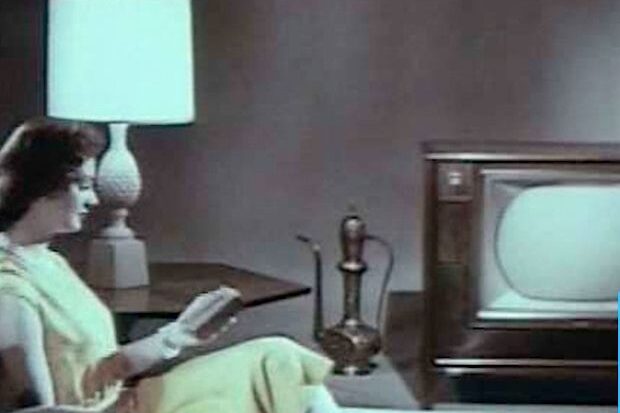
In a time when women still wore beehive hairdos and cars had fins, GE ran ads showing homes that responded to your voice, adjusted the thermostat, and managed meals automatically. It sounded laughable back then. Now it sounds like Alexa, Nest, and smart fridges. A 1967 GE clip showed a mom casually commanding her home appliances with a remote control. NPR once remarked, “GE introduced the dream of domestic automation long before the tech could deliver.” Fast forward, and smart homes are one of the fastest-growing tech sectors. Looks like they just needed Wi-Fi to catch up.
14. Polaroid’s Instant Gratification Culture
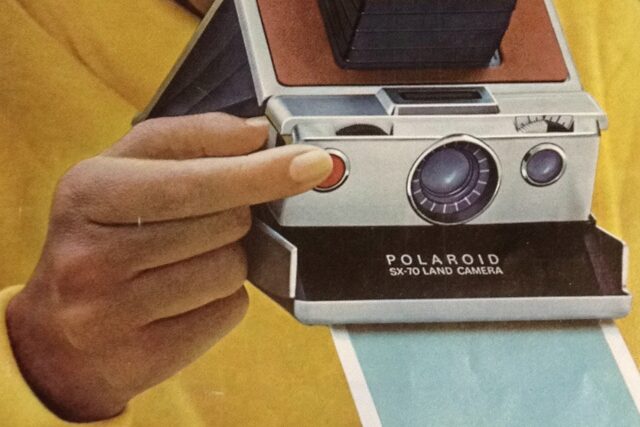
Before Snapchat streaks and Instagram Stories, there was Polaroid. Their ads bragged about getting your photo “in seconds,” a revolutionary idea in the 70s and 80s. People gathered around the camera, waiting for that magic peel-and-reveal moment. That desire for instant, shareable memories never went away. It just went digital. Time magazine once said, “Polaroid made photography social long before smartphones.” The vibe in those commercials, fun, spontaneous, and quick, echoes every Boomerang and selfie we snap today. They didn’t just sell cameras. They sold the feeling of being able to freeze a moment and show it off instantly.
15. Tandy’s PC Pitch for Every Home
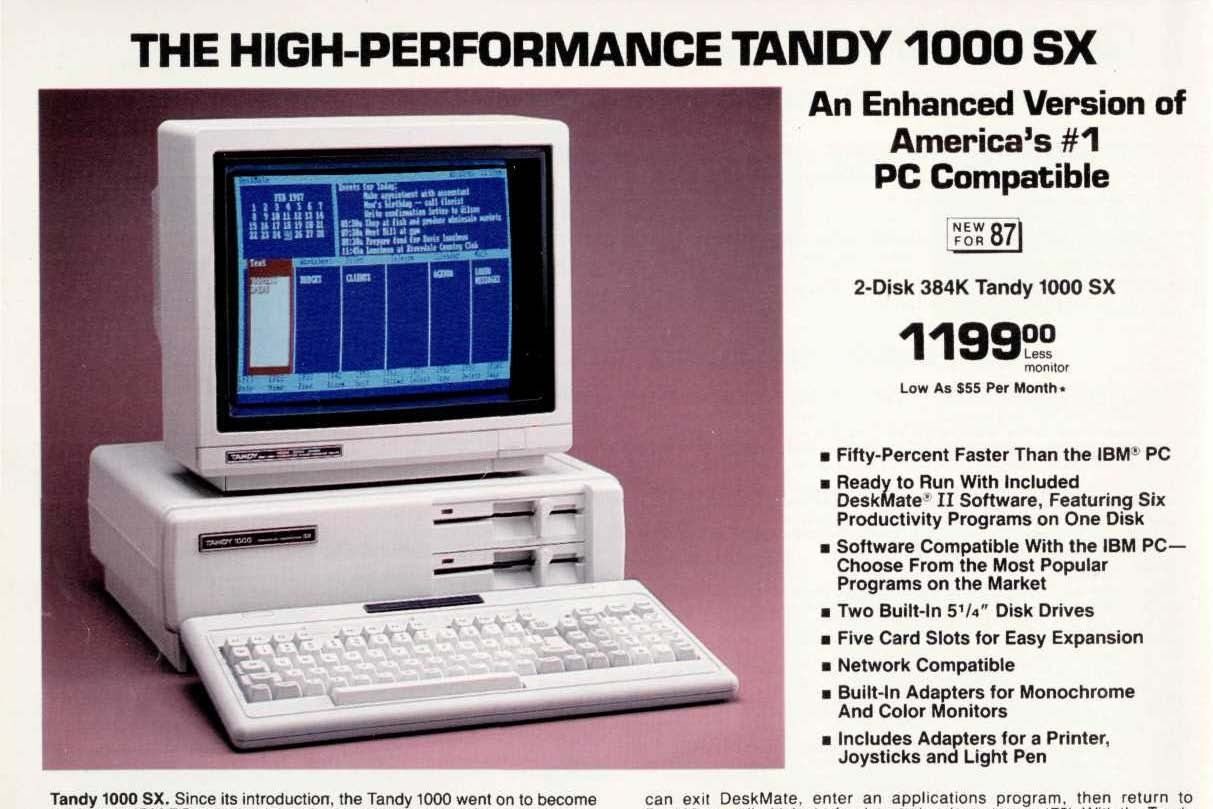
Tandy Computer, a Radio Shack brand, once aired a humble yet powerful message. “One day, every home will have a computer.” In the 80s, that sounded outrageous. Computers were seen as business tools, not kitchen-table staples. But their commercials showed families budgeting, gaming, and learning with personal computers. Fast forward, and even toddlers use tablets now. Tech writer Steven Vaughan-Nichols noted, “Tandy didn’t just market machines. They marketed a mindset.” They predicted a time when computing would be as normal as watching TV. And well, here you are, reading this on a device they once only dreamed would be common.
This story 15 Vintage TV Ads That Predicted Trends We Thought Were Decades Away was first published on Daily FETCH


